Topic: What are the Manufacturing Processes for Engineering Materials?
Producing a product from the raw materials involves a number of operations. These all operations come under the manufacturing processes. The knowledge of the manufacturing processes is the backbone of engineering. There are different manufacturing processes are available. They are discussed in brief below.
Manufacturing Processes
The following are the different manufacturing processes in mechanical engineering.
- Casting
- Moulding
- Forming
- Machining
- Joining
These are the main manufacturing processes in mechanical engineering that every design engineer should have the knowledge in depth. Let’s go with one by one.
Casting
Casting is one of the important manufacturing processes among all processes. Casting is pouring a molten metal into the moulds.
What are the moulds/ Mold?
A hollow shape that gives a shape to the poured molten metal. This shape will be the final shape of the component what we want to make.
This hallow shapes will be prepared with the help of patterns or the model of the final component.
The steps involved in casting process are
- Preparing the moulds using the patterns,
- Pouring the Molten metal into the mould cavity
- Allow the cast to solidify
- Remove the Casting component from the Moulds.
This is how casting components are prepared.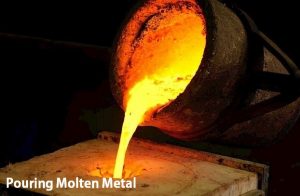
Examples: crankshafts, connecting rods, engine blocks, gearbox housing/casings,
There are different casting types are available. They are
- Sand casting: Where the moulds are prepared with the Sand.
- Permanent Mould casting: Where the moulds are the metallic objects.
- Die casting: Forcing the molten metal into the moulds with heavy pressure.
[Read the Full article about Casting]
Moulding
Moulding is the process of making objects by shaping liquid or pliable raw materials using a mould.
Something similar to Casting Right?
But really they are not the same. Moulding is the manufacturing process of non-metallic objects when further machining is not required. But casting is referred to the metallic objects where further machining is required. This is the difference between Casting and Moulding.
Examples: household plastic components such as bottles, toys, water tanks, buckets etc.
Different types of Moulding Processes are available. They are
- Injection Moulding: Melting the Plastic and forcibly injected into a tightly closed mould. Then the plastic will takes the shape of the mould. After the injection of plastic into the mould, the mould is open the object will be pulled out of the Mould. Bottle caps are made from injection moulding.
- Blow moulding: Blow moulding is used to make hollow components like bottles. First, the plastic is melted down and injected into the mould called a parison. Which will have a hole to blow the air into the mould shape to make the object hollow. This air will push the plastic towards the mould shape in the mould. Blow mould is used to make bottles.
-

PC: robinsonpackaging.com/ - Compression moulding: Molten plastic is poured into the Mould and further it will be pressed against the mould shape before the plastic being cooled. Examples of Compression moulding are car tires.
- Rotational Moulding: Molten plastic is placed inside of the moulds and the moulds are rotated with the help of mechanical arms then the Plastic will pull towards the mould shape faces. In this way, hallow shaped objects like water storage tanks are made with rotational moulding.
Forming 
In this forming process, the metal objects are subjected to heavy loads for a permanent deformation without adding or removing the material. And this forming process is operating on the plastic deformation of the material. Hence the objects are permanently deformed.
Examples: Some of the components need further machining. some are not required Like wires, tubes which are made by extrusion forming process.
The forming process has different categories based on the applied loads.
- Compressive forming
- Tensile Forming
- Bending
- Shearing
Compressive forming by applying the compressive loads on the objects to attain the shape. Following all operations comes under the Compressive forming processes.
- Rolling: Material is passed through a pair of rollers
- Extrusion: Material is pushed through an orifice
- Die forming: Material is stamped by a press around or onto a die
- Forging: Material is shaped by localized compressive forces
- Indenting: Tool is pressed into the workpiece
Tensile Forming: In this forming process tensile loads are used to deform the objects permanently.
Bending: In Bending Forming Process, Bending loads are used to deform the objects.
Shearing: Shearing loads are used to deform the objects to attain the required shape in this forming process.
Combined Tensile and Compressive Forming: In this forming process both the Tensile and the compressive loads are used to deform the objects permanently.
Machining
Machining is a Material removal process where the raw material is converted into a desired final object with required dimensions. This type of material removal process is called Subtractive manufacturing. In this process, there are many operations involved. They are listed below.
In recent times by Additive manufacturing is populating.
What is meant by Additive Manufacturing?
Instead of the material removal process by adding the material layer by layer to make components out of raw materials under the computer control is known as the Additive Manufacturing. 3D printing is the current populated Additive manufacturing process.
- Turning
- Milling
- Drilling
These are the machining operations. There are so many other machining operations are there. But they come under these main operations.
Joining
Joining of components together either permanently or temporarily is an essential task to build machines.
Joining of any two components to together can be done with the help of following operations either permanently or temporarily.
- Welding
- Brazing
- Soldering
- Adhesive Bonding
- Fastening
Welding, Brazing, soldering and Adhesive bonding are permanent joining methods whereas Fastening is the temporary joining, method.
Conclusion
Casting, Moulding, Forming, Machining, Joining, These are the different manufacturing processes available in manufacturing. There are many more operations are there but the above-listed operations are the major manufacturing processes. Please let us know you thoughts in the comment section below.
Tags: Machine Design, classification of manufacturing processes, materials and manufacturing processes, manufacturing processes for engineering materials, manufacturing processes pdf, manufacturing processes book, the difference between Casting and Moulding, Casting, Moulding, Machining, Forming, Mechanical Engineering Basics
Some of the Images are shown for educations purpose Only. Images are the properties of the original Owners.
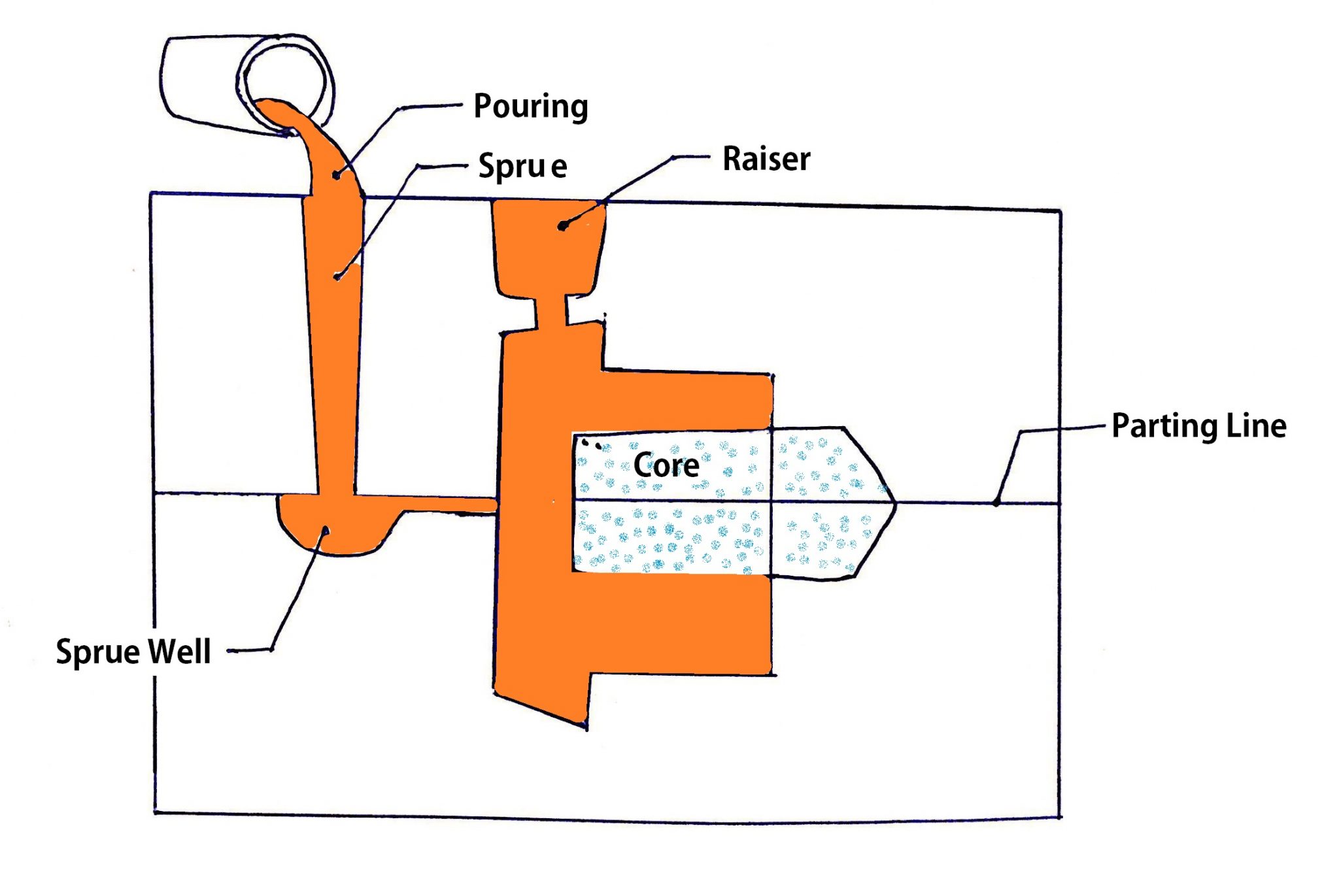
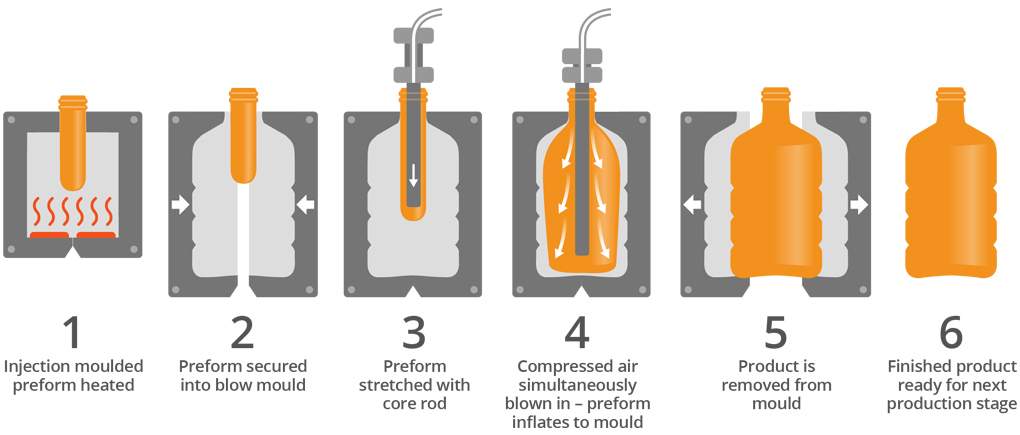
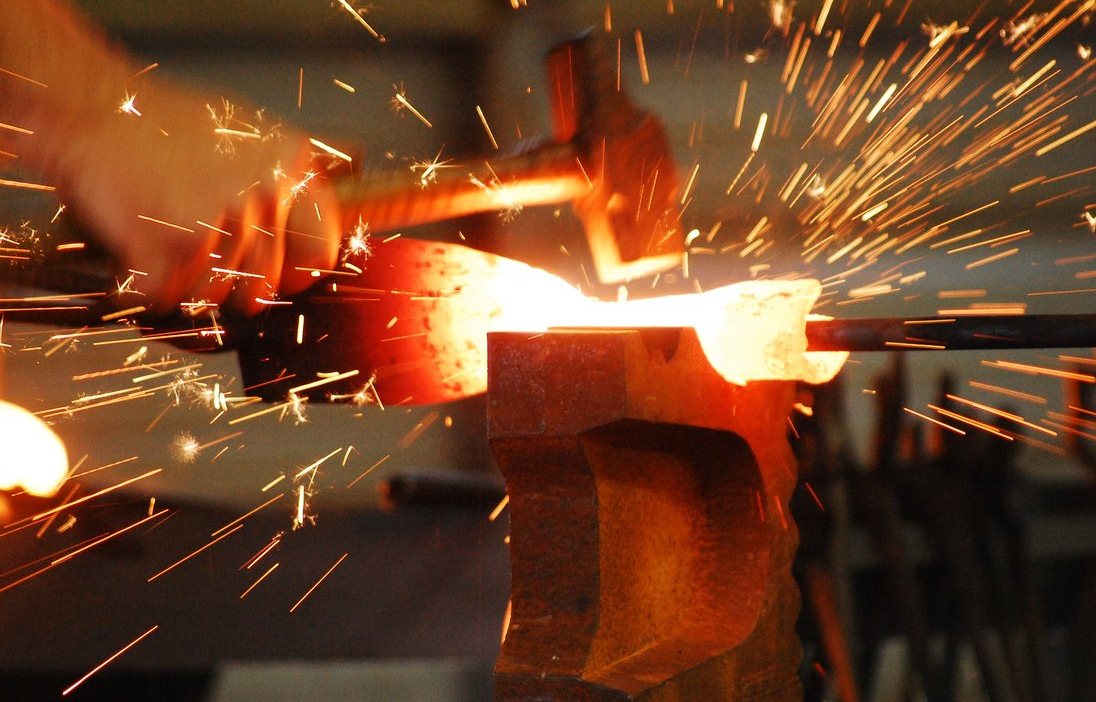
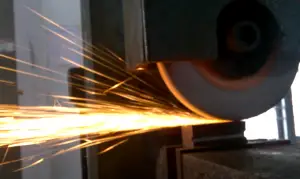
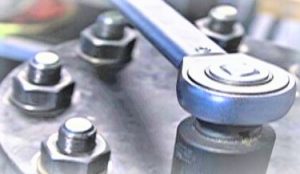

IMPRESSIVE….!
THANK YOU ……! SO MUCH FOR THIS…..!
Thank you very much, Abdullah.
Very nice!!
Thank you very much!!!
Thanks, Mathu Kuppuswami.
very informative blog
Glad you found it useful.
Well thanks for the enlighten
Welcome Lawal
Good write-up , thanks so much!
Welcome Arowojobe
thank u so much 🙂
Nice Article.
If any one wants online video-tutorials for Manufacturing Processes subject, please visit on Magic Marks.